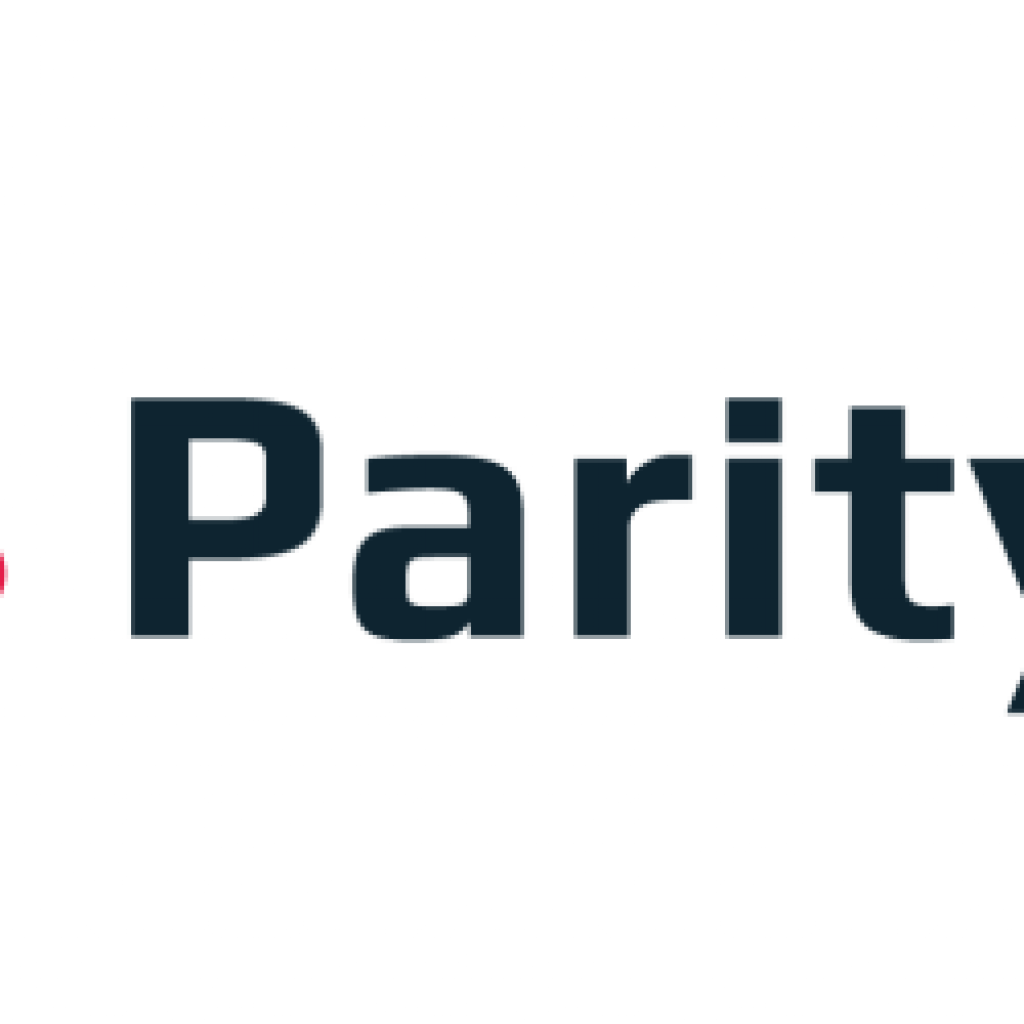(ParityQC) ColdQuanta, a leading developer of cold atom quantum technology, has joined forces with ParityQC to build a quantum optimization device that can demonstrate quantum advantage on optimization problems. Earlier this year, ColdQuanta was awarded a contract from the Defense Advanced Research Projects Agency (DARPA) to develop a scalable, cold-atom-based quantum computing hardware and software platform that can demonstrate quantum advantage on real-world problems. ParityQC is providing crucial support for this project with its ParityQC architecture, a blueprint for next generation quantum computers to solve optimization problems, and ParityOS, the operating system to run quantum algorithms on the architecture.
Complex optimization problems are ubiquitous in industry, government, science, and technology, and quantum computing is expected to be a disruptive new way to solve such problems. The collaboration between ColdQuanta and ParityQC uses a completely new approach to tackle the most pressing challenges of scalability and programmability. The two companies are dedicated to delivering the first quantum system that can solve industry-relevant problems via the cloud.
In developing the technology for a quantum computing platform, ColdQuanta is leveraging its deep expertise and more than a decade of experience delivering quantum products and systems. This November, ColdQuanta previewed its quantum computing technology, based on its Quantum CoreTM. The Quantum Core is uniquely capable of being used as the basis for a wide range of quantum systems spanning computing, global positioning, signal processing, and communications.
ParityQC’s ParityOS operating system allows for a compilation of optimization problems with an order of magnitude fewer gate operations compared to the standard gate model approach. This will enable the encoding of large and complex optimization problems 3 years earlier compared to the standard approach.
ColdQuanta and ParityQC aim at Quantum Advantage with Optimization Problems
